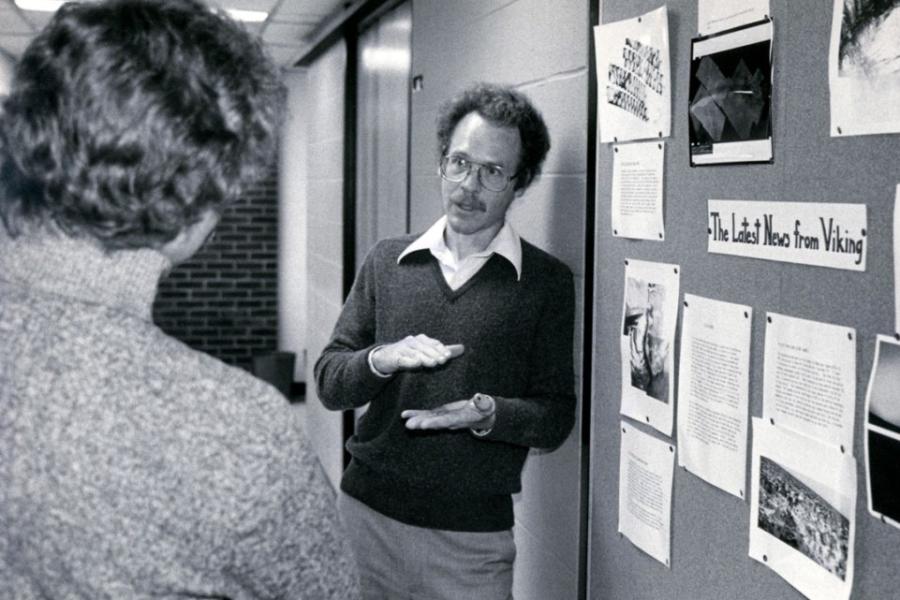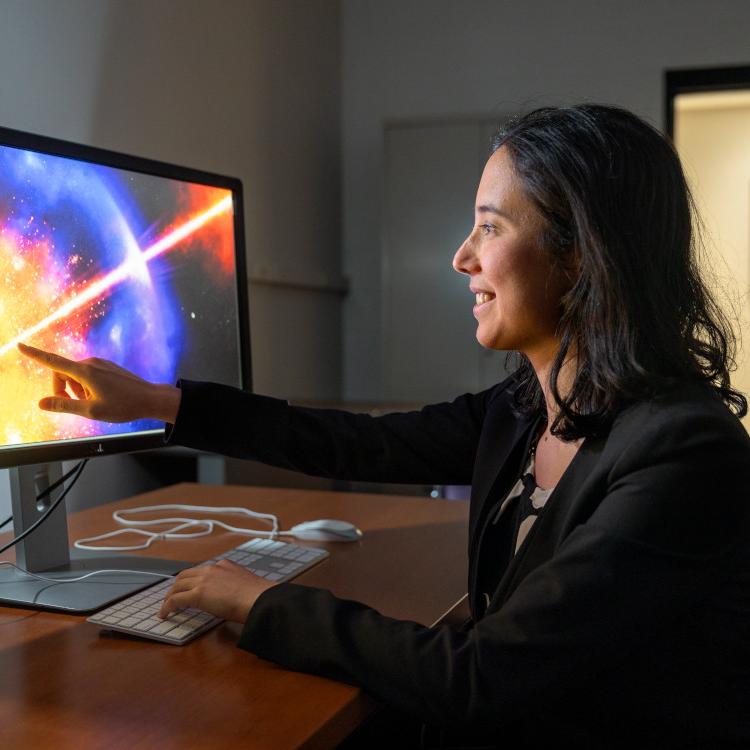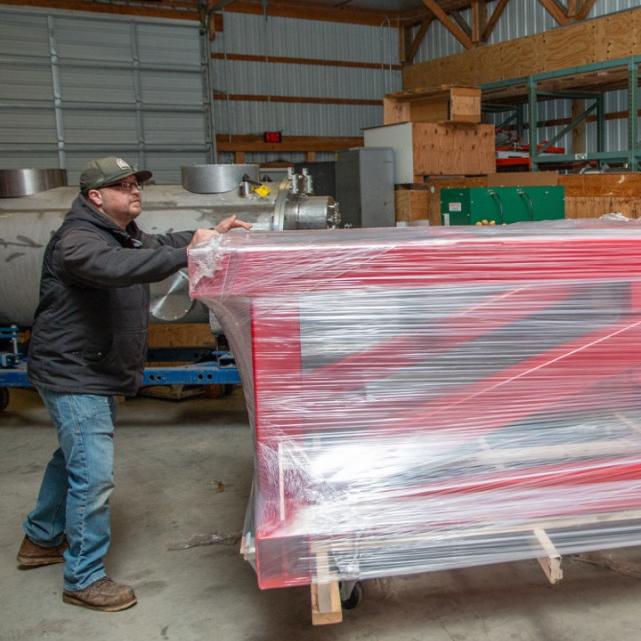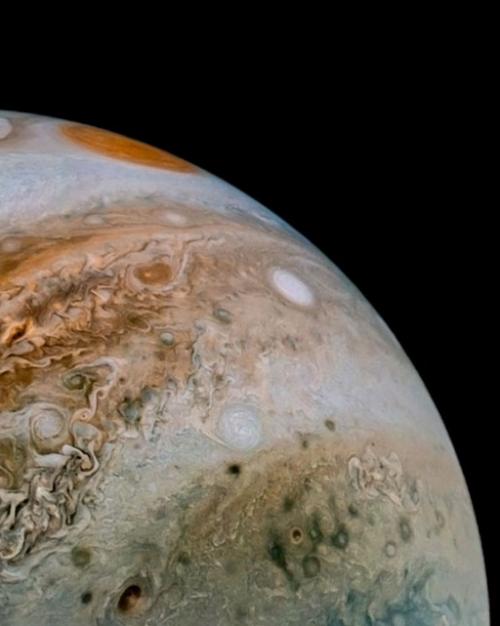Among astronomical topics, gas can be underappreciated, says astronomer Martha Haynes; yet the stuff that powers stars and generates storms on Jupiter is a key to understanding the universe.
"Gas fills the space between the planets, between the stars and between the galaxies,” said Haynes, Distinguished Professor of Arts and Sciences in Astronomy in the College of Arts & Sciences. “Gas generates turbulent weather on the planets, fuels star formation in galaxies and tells us that dark matter must exist."
These and other burning questions about the distribution and dynamics of gas drove the careers of renowned Cornell astronomers Peter Gierasch and Riccardo Giovanelli. On July 15, friends and colleagues of the late professors will celebrate their work and lives during “Gas-trophysics Across the Universe,” a symposium organized by Cornell’s Friends of Astronomy.
Held in the Physical Sciences Building and starting at 9 a.m. EDT, with an option to attend online, the all-day symposium will explore the characteristics and importance of gas across the universe as embodied in the lifetimes’ work of Gierasch and Giovanelli. The event is co-organized by Haynes and Philip D. Nicholson, professor of astronomy (A&S).
“We wanted to do something for both Riccardo and Peter, and what links them is that they both studied gas, but in different environments,” said Haynes, who is Giovanelli’s widow. “They asked different questions focused on different parts of the universe. Nevertheless, they were close colleagues and appreciated each other’s work.”
Giovanelli studied galaxies, which come in clusters and even superclusters, and their use as a population to study cosmology – understanding the universe’s large-scale structure and history. He served for 13 years on the staff at the Arecibo Observatory in Puerto Rico, including as head of the Radio Astronomy group and observatory director. He was also co-PI, with Haynes, of the ALFALFA survey (2005-2012), which used Arecibo to conduct a census of gas-bearing galaxies in the local universe. Beginning in 1997, he led the exploration of high-altitude telescope sites in Chile’s Atacama Desert, an effort which is now yielding fruit in the Cornell-led construction of the Fred Young Submillimeter Telescope (FYST).
Gierasch studied the constitution, nature and circulation of the atmospheres of planets in the solar system. Long before spacecraft images revealed the details of processes in planetary atmospheres, his mathematical models established the seeds of our current knowledge, particularly for Mars, Venus, Jupiter and Saturn’s largest moon, Titan. He served as a team scientist on NASA’s Viking, Pioneer, Voyager, Galileo and Cassini missions, while also serving as director of the Center for Radiophysics and Space Research (the precursor of the Cornell Center for Astrophysics and Planetary Science) for many years and periodically as the Acting Editor of the journal Icarus.
Every “Gas-trophysics” presenter has some connection to Gierasch or Giovanelli or both, Haynes said. During the symposium the morning will be devoted to Giovanelli’s work on galaxies, cosmology and radio telescopes, while the afternoon will focus on Gierasch’s work on atmospheres in the solar system.
Like most Friends of Astronomy presentations, the talks will be geared toward the astronomical enthusiast who has a general knowledge of astronomy and astrophysics but is not a scientific expert, Haynes said.
Former colleagues, graduate students, and postdoctoral researchers will address topics from “Gas, stars and dark matter in galaxies” with Kristine Spekkens, Ph.D. ’05, professor of astronomy at Queen’s University and the Royal Military College of Canada, to “Peter Gierasch; a scientific giant among the Jovian planets” with Amy Simon, Senior Scientist for Planetary Atmospheres Research in the Solar System Exploration Division at the NASA Goddard Space Flight Center.
Gordon Stacey, professor of astronomy (A&S) and the FYST project director, will discuss “Explorations in the Atacama Desert for the FYST” and Giovanelli’s critical early role in this project. Fred Young ’64, M.Eng. ’66, MBA ’66, an ardent and active supporter of FYST and Friends of Astronomy, will give a remembrance of Giovanelli along with Chuck Mund Jr., current president of the Friends of Astronomy.
Nicholson and other Cornell colleagues will offer some remarks about working with Gierasch, while his son Adam Gierasch will end the afternoon session with a family remembrance.
The Friends of Astronomy, active since the 1990s, meets online every month, drawing 50 or more participants. The July symposium marks a return to in-person activities for the group, with the online attendance option opening the event to even more.
Registration for “Gas-trophysics” is open now. To attend in person, register by June 26. There is a $25 in-person registration fee and options to add dinner and/or housing. Online attendance is free, with registration open until the day of the event.








